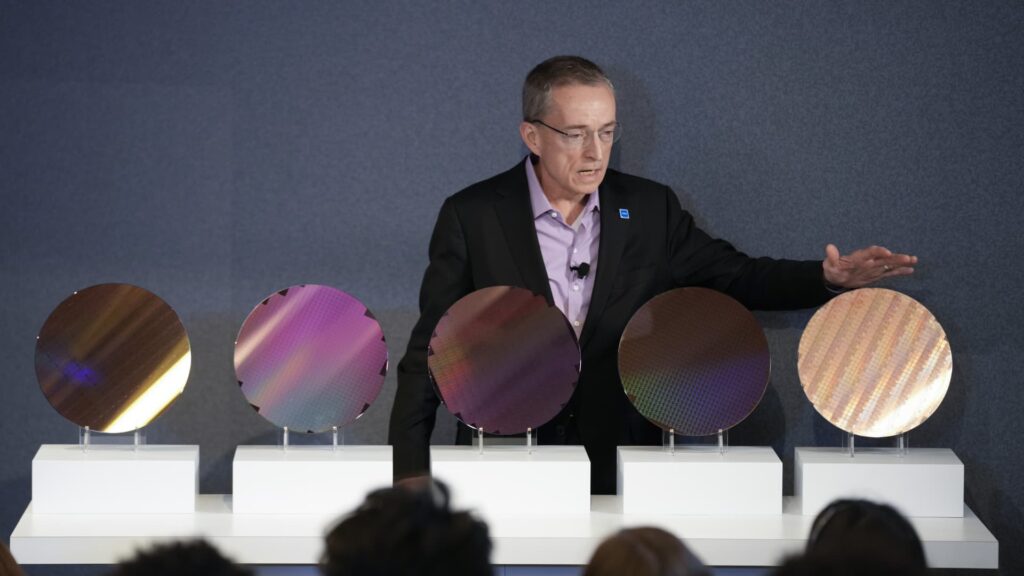Intel, once a prominent player in the U.S. chip industry, is now encountering difficulties in maintaining its position of importance in the market. Despite being a major processor manufacturer for PCs and laptops, Intel’s latest financial reports have disappointed investors, leading to a significant decline in its stock value. CEO Pat Gelsinger is striving to address the issues faced by the company, emphasizing the urgency to close the technology gap that emerged due to past under-investment. Intel’s struggle to keep up with overseas competitors like Taiwan Semiconductor Manufacturing Company has resulted in the company losing significant ground in the semiconductor manufacturing sector.
While Intel aims to regain its competitiveness by 2026 through substantial investments, investors remain wary of the company’s prospects. Intel’s market cap has diminished significantly, trailing behind competitors such as Nvidia and Qualcomm. The company’s recent endeavors to pivot its business model towards not only producing branded processors but also serving as a manufacturing hub for other chip companies demonstrate its efforts to revamp its operations and regain market share.
The challenges faced by Intel reflect a longstanding trend of missed opportunities and strategic missteps that have impacted the company’s standing in the industry. From overlooking the potential of mobile chips to falling behind in the AI revolution, Intel has struggled to keep pace with technological advancements that have reshaped the semiconductor landscape.
Missed Opportunities and Strategic Missteps
One key missed opportunity for Intel was its failure to capitalize on the mobile chip market, particularly evident with the emergence of smartphones. The decision not to have Intel chips power the iPhone, opting instead for Samsung chips, marked a significant setback for the company. As smartphones became ubiquitous and surpassed PCs in usage, Intel’s absence in this sector led to a substantial loss in market share and influence.
Additionally, Intel’s lag in adapting to the AI boom further undermined its position in the industry. While companies like Nvidia excelled in developing GPU-based servers tailored for AI applications, Intel struggled to compete in this rapidly growing segment. The shift towards AI-specific chips highlighted Intel’s lack of innovation and agility in responding to evolving technological trends.
The overall narrative surrounding Intel’s trajectory underscores a series of strategic missteps that have hindered its growth and relevance in a rapidly evolving tech landscape. From missing out on key opportunities to failing to anticipate industry shifts, Intel’s challenges reflect a broader pattern of industry disruption and the need for companies to adapt swiftly to changing market dynamics.











